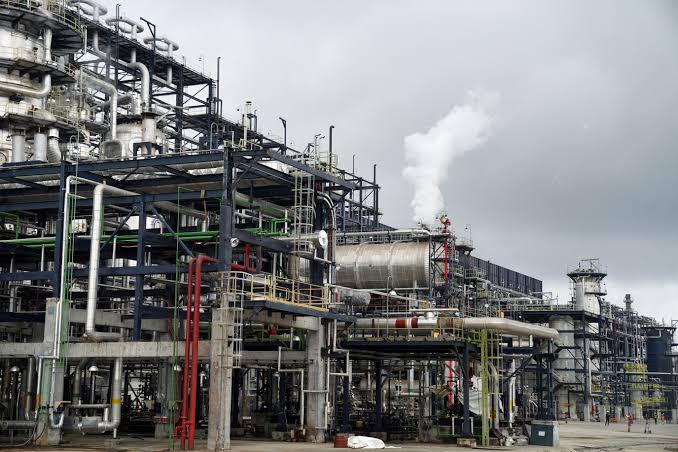
Raphael Kanu
Indian refineries are snapping up Nigerian crude just as Nigeria’s Dangote Petroleum Refinery increasingly relies on U.S. oil, industry sources have said.
Reuters reports that in a move underscoring the complexity of global oil flows, Indian Oil Corporation recently bought one million barrels of Nigeria’s Agbami crude for September delivery through global trader Trafigura. This purchase is part of a wider push by Indian refiners to secure non-Russian supplies after halting Russian spot purchases in late July under U.S. pressure.
In total, more than two million barrels of Nigerian crude have been booked for September and October delivery to India. Bharat Petroleum Corporation Limited (BPCL) secured cargoes via private negotiations, while other Indian buyers have picked up Angolan Girassol, U.S. Mars, and Abu Dhabi Murban grades.
Meanwhile, vessel-tracking data from Kpler shows that in July, U.S. crude accounted for about 60% of Dangote’s 590,000 barrels per day (bpd) intake, with Nigerian grades making up the remaining 40%—the first time American supply has overtaken domestic crude in the refinery’s feedstock.
Analysts attribute the shift to competitive pricing of West Texas Intermediate (WTI) and challenges in sourcing Nigerian oil. Nigerian grades processed in July included Amenam, Bonny Light, and Escravos. Dangote’s domestic crude intake fell from 275,000 bpd in July to 220,000 bpd in August.
Operating since last year, the refinery is currently running at 85% capacity, with plans to expand to 700,000 bpd. Most of its gasoline output is sold domestically, with exports of petrol to Oman and Ivory Coast, and jet fuel to West Africa and Northwest Europe.
In July, Dangote Group President Aliko Dangote claimed the facility had turned Nigeria into a net exporter of refined products, saying it shipped about one million tonnes of petrol in just 50 days. However, analysts doubt full-capacity operations before late 2026 due to mechanical and maintenance issues.
Kpler forecasts Nigeria’s crude and condensate output will average 1.65 million bpd through the rest of 2025, with potential gains next year as producers like Seplat ramp up. New projects, including the Otakikpo terminal and Conoil’s Obodo field, could further boost upstream growth.
